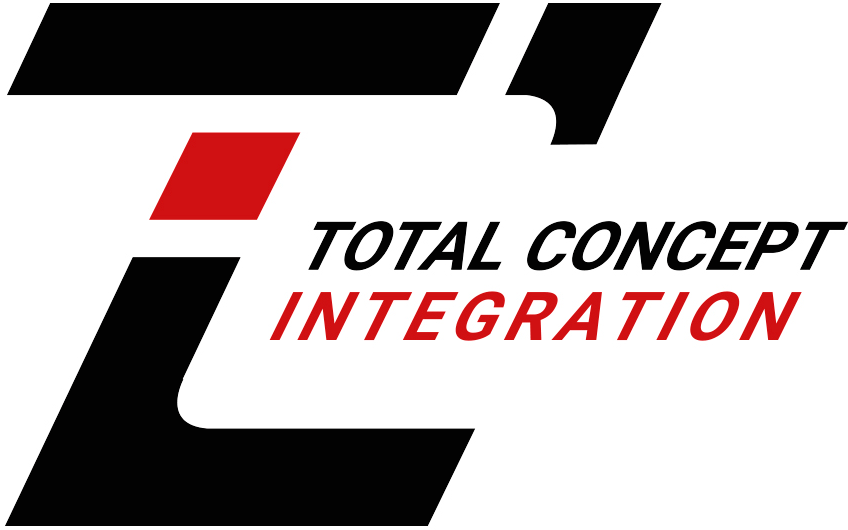What Is Digital Signage Used For?
Digital signage is all around us. It consists of a network of digital display screens located indoors or outdoors (in the form of digital out-of-home media). The displays are interconnected with a range of equipment and remotely accessed via content management system (CMS) software. An operator can control a network of screens by accessing the cloud-based system.
How Does Digital Signage Function?
Electronic signs are nothing new. They’ve been used for billboards, branding, news tickers, etc. for decades. Digital signage levels up with LCD or LED technology. Text, animations, video, and other digital content can be displayed to advertise a brand, provide entertainment, or inform viewers. Digital signage is often used for targeted merchandising as well.
Businesses use digital signs for many purposes. This advanced form of electronic signage can therefore be found in virtually any setting. It can communicate information and even provide a custom experience. There’s practically no detail that can’t be shown on a digital display. The technology is quite often used to relay:
- News, traffic, weather, and other information for the general public.
- Corporate information, such as internal news, announcements, or health and safety details.
- Product photos, ingredients, raw materials, pricing, suggested applications, and more.
- Location and direction in a building or for interpretive signage at a park/garden, museum, gallery, zoo, or another exhibition.
What Does Digital Signage Look Like?
Digital signage is used in many different settings and can take many forms. Some of the more common settings you’ll find it include:
- Restaurants: Interactive menus provide a look at an establishment’s food and beverage offerings, without having to design and print menus for every table. They save time and materials and can be used for indoor signage and as outdoor screens at drive-through franchises. Many restaurants have reported an increase in sales after implementing digital menus.
- Retail: Any store can use digital signage to relay information on the latest products, promotions, and sales. In shopping malls, it’s effective as a directory or wayfinding kiosk. Interactive touchscreens allow customers to pinpoint their location and obtain directions on where to go. Directories can display advertisements and event schedules as well.
- Hospitality: A digital wayfinding display can serve as a virtual concierge at a hotel. It can help guests find where their rooms or other facilities are. Also, it can provide entertainment while conference attendees wait for an event to start or provide updated information on an expo.
- Education: School campuses have found a wide range of uses for digital signs. They can serve as educational tools in lecture halls and classrooms as well as digitized notice boards in public areas. Other applications include use in school cafeterias to show menu items.
- Healthcare: Digital signs can relay information for wayfinding or provide insights and entertainment in waiting areas. They’re found at building entrances and in cafeterias and exam rooms, as well as any area where a patient, visitor, or consumer has an opportunity to interact with a facility or business.
Real-World Examples
Multimedia screens have a great deal of promotional value, whether for products, services, or events. If your store is running a sale, you can post it quickly on a digital screen. Rotating graphics, animation, and video can be used to grab attention, while advertisers can post static ads and video testimonials. It’s even possible to show a product demonstration to better influence customers’ buying decisions.
In addition to promotions, digital displays can be used for:
- Service Offerings: Food menus are one example, but businesses such as auto repair shops, spas, salons, and fitness centers can provide information digitally to targeted audiences.
- Social Media Streams: Integrating a video wall with social media enables users to bring real-world customers and fans into a message. Fan content can be displayed, as can people with an interest in your brand.
- Company Memos: Workplace communication can be improved with visual content in lounges and break rooms. Employees can be informed on the latest company news while sales teams can check their rankings. Digital screens avoid use of paper and text-heavy documents.
- Calendars/Schedules/Appointments: A wide range of facilities, from malls and schools to theme parks, maintain schedules of events that can be communicated digitally. Appointment times, work schedules, and more can be relayed as well.
- Emergency Communications: Since digital signs can be updated quickly, you can alert your entire staff instantly during an emergency. Screens throughout your facility can relay directions, updates, and other important messages.
- Inspiration: An inspirational quote in the appropriate setting can boost productivity and steer viewers toward their goals. A famous quote can lift a visitor’s mood and both inform and entertain a customer or employee.
Digital Signage Leverages Interactivity
Digital signs do more than display content. They can incorporate touchscreens, so users can interact directly with the content being displayed. Other interactive elements include QR codes, which allow people to use their smartphones to access more information.
Body sensors represent another innovation; digital kiosks can detect the presence of viewers and, in some cases, detect and interpret their movements and facial expressions.
Context-aware systems can feature cameras, RFID sensors, beacons, and network connectivity to monitor nearby devices.
A sign with SMS capabilities can post messages from mobile phones, while Bluetooth enables direct interaction between a customer and the screen. Some digital displays connect directly to social media so users can upload photos, messages, and texts directly to the system. For a higher degree of interaction, a digital signage screen may enable users to play a game or participate in a poll.
Benefits of Digital Signage
Depending on how it’s used, digital signage can have benefits such as:
- Enhanced Communication: It’s easier to recall details relayed visually than only through text.
- Reduced Perceived Wait Time: When entertained, a customer or client in a waiting room feels like less time has passed.
- Increased Business Revenue: By highlighting products/services, specials, and promotions, you can increase revenue.
- Update Information: All details are up-to-date, and there’s no need to order new signs.
- Data and Analytics: Data storage, cameras to estimate viewing time, and sensors to measure foot traffic, as well as a means to track increased purchases, will help evaluate the impact of a display/message on sales or ROI.
Improve Your Digital Signage with Total Concept Integration
We specialize in designing and integrating the latest LED screens and LED tickers. Our engineering and development team can provide these and the servers and infrastructure needed to ensure your organization benefits from digital signage technology. Total Concept Integration has worked with Google, Microsoft, General Motors, Cartier, and many other well-known companies. To learn more about what we can do for you, call 855-950-0824 today.



